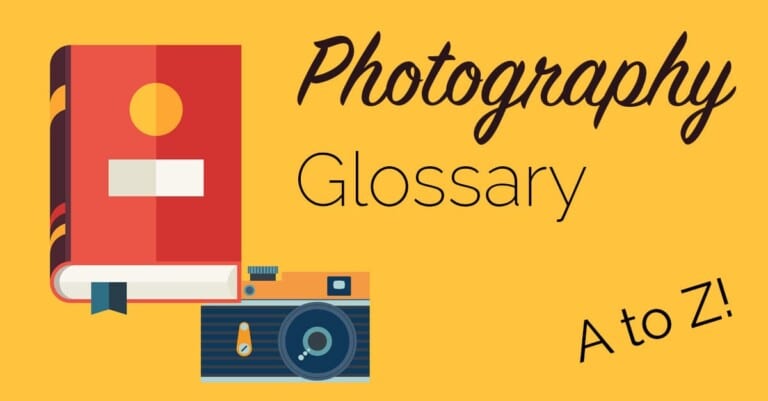Astrophotography
What Does Astrophotography Mean? Astrophotography is the art of photographing nighttime skyscapes and astrological objects such as stars and planets in the night sky. Successful astrophotography requires knowledge of various photography techniques such as use of long exposures for creating star trails, knowledge of camera sensitivity to avoid excess noise levels in photographs of dark skies, and the use of camera steadying equipment such as tripods to aid in the capture of sharp long exposure images. Astrophotography techniques can even be used to capture images of objects that would otherwise be invisible to the naked eye for example far away …


